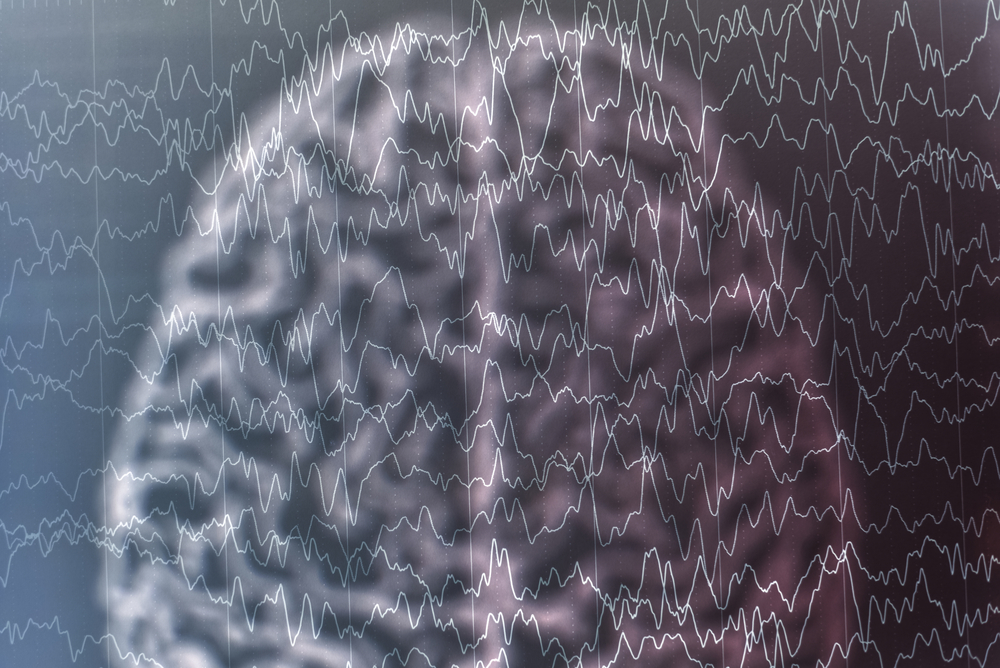Loss of Gray Matter in Brain May Contribute to Motor Dysfunction in Angelman, Study Suggests
Written by |

Patients with Angelman syndrome have significant volume loss of the brain’s gray matter, possibly contributing to motor dysfunction, a study suggests.
The study, “From Cortical and Subcortical Grey Matter Abnormalities to Neurobehavioral Phenotype of Angelman Syndrome: A Voxel-Based Morphometry Study,” was published in PLOS One.
Angelman syndrome is caused by the absence or malfunction of the ubiquitin protein ligase E3A (UBE3A) gene located on chromosome 15. It is a rare disease that develops due to a natural phenomenon called genomic imprinting— a process by which either the maternal or paternal copy of a gene is silenced.
Each person receives two copies of every gene, one from the mother and the other from the father. However, in specific regions of the brain, only the maternal UBE3A gene is active, and the paternal gene is turned off and cannot be used.
When the maternal UBE3A gene is dysfunctional, as is the case in Angelman syndrome, brain cells do not have the instructions typically provided by the gene, so the patient experiences a number of serious neurological symptoms and associated illnesses.
Neuroimaging techniques, such as magnetic resonance imaging (MRI), can contribute to a better understanding of the severe changes that occur in the brains of Angelman patients.
While a standard brain MRI can show minor abnormalities, more advanced neuroimaging approaches, such as diffusion tensor imaging — an MRI-based technique sensitive to the movement of water molecules in the brain — and tractography — a 3D modeling technique — can help determine whether there is extensive impairment in certain key areas of the brain.
The brain can be divided into two parts — one made up of nerve cell bodies, known as gray matter, and the other of the filaments that extend from nerve cell bodies, or white matter.
Animal studies have suggested that changes in gray matter structures in the brain are associated with the development of Angelman syndrome. However, this has not yet been studied in humans.
Researchers used quantitative voxel-based morphometry (FSL-VBM) — an advanced technique that combines neuroimaging (MRI) with a statistical approach called parametric mapping — to investigate changes in gray matter structures in Angelman patients.
Variations in developmental delay or motor dysfunction observed in Angelman individuals were assessed using Bayley III and Gross Motor Function Measure (GMFM).
Researchers recruited 16 Angelman children and 21 age-matched healthy children used as controls for the study.
They found that Angelman patients had significantly more gray matter volume loss than controls. These changes were found especially in specific brain structures including the striatum, involved in motor and reward system; limbic structures, involved in emotion and memories; and orbitofrontal cortices, involved in decision-making.
There was a significant relationship between gray matter volume loss and two parts of the brain located in the left hemisphere, known as the superior parietal lobule and precuneus, in Angelman patients. This relationship was explained mostly by scores on the GMFM test, suggesting that gray matter loss in these regions contributes to the motor dysfunction observed in these patients.
“The anatomical distribution of cortical/subcortical [gray matter] changes [is] plausibly related to several clinical features of the disease and may provide an important morphological underpinning for clinical and neurobehavioral symptoms in children with AS,” the authors wrote.
“Further studies are needed to establish the molecular relevance of our findings in patients with AS,” they concluded.





